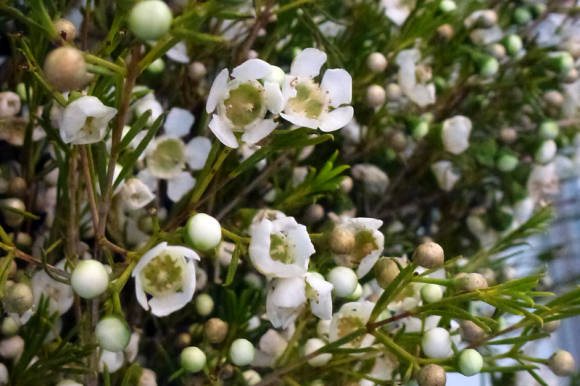 It has long been known that all parts of this wonderful plant, but especially in bright inflorescences, contain substances that have effective healing properties against many diseases. The first evidence of this was found in the ancient Greek physician and philosopher Dioscorides, who lived in the 1st century AD. NS. He used infusion of calendula for diseases of the liver and gallbladder, jaundice, diseases of the spleen, stomach cramps, stones in the bladder, for coughs, hypertension, heart disease, scrofula, rickets, and especially widely - externally for wounds, cuts, ulcers, diseases of the oral cavity and pharynx. For centuries, calendula was used by the Roman physician Galen (there is still the term "galenic preparations" in melicine). Abu Ali Ibn Sina (Avicenna), Armenian physician Amirovlad Amasiatsi (15th century) and the famous herbalist Nicholas Kulpeper, who claimed that this plant is able to strengthen the heart. The Romans drank marigold tea to reduce the temperature, and the juice from a crushed flower was used to remove warts. In the Middle Ages, St. Hildegard and Albertus Magnus used marigolds for insect and snake bites.
It has long been known that all parts of this wonderful plant, but especially in bright inflorescences, contain substances that have effective healing properties against many diseases. The first evidence of this was found in the ancient Greek physician and philosopher Dioscorides, who lived in the 1st century AD. NS. He used infusion of calendula for diseases of the liver and gallbladder, jaundice, diseases of the spleen, stomach cramps, stones in the bladder, for coughs, hypertension, heart disease, scrofula, rickets, and especially widely - externally for wounds, cuts, ulcers, diseases of the oral cavity and pharynx. For centuries, calendula was used by the Roman physician Galen (there is still the term "galenic preparations" in melicine). Abu Ali Ibn Sina (Avicenna), Armenian physician Amirovlad Amasiatsi (15th century) and the famous herbalist Nicholas Kulpeper, who claimed that this plant is able to strengthen the heart. The Romans drank marigold tea to reduce the temperature, and the juice from a crushed flower was used to remove warts. In the Middle Ages, St. Hildegard and Albertus Magnus used marigolds for insect and snake bites.
Modern research has shown that all parts of the plant have strong bactericidal properties against some pathogens, especially staphylococci and streptococci. Tinctures and ointments are prepared from calendula. Calendula ointment has an antiviral effect and suppresses the development of fever on the lips (herpes). Tincture of calendula is used for cracked lips, for rinsing the mouth and throat for angina, pharyngitis, as well as for periodontal disease. For rinsing, a teaspoon of the tincture is diluted in a glass of water. The tincture is good for cuts, purulent wounds and burns. Not so long ago, the drug "Kamadol" was created. It includes calendula, chamomile and yarrow, which, after being treated with milk thistle oil, have good regenerating and anti-inflammatory properties. Preparations from flower baskets are used externally to treat burns, long-term non-healing wounds and fistulas. Most often, marigolds are used as an antiseptic healing medicine and as a first aid - in tinctures or simply by kneading the flowers. The astringent properties of calendula can stop bleeding, accelerate healing, fight infection, inflammation, and edema. At the pharmacy, you can buy dry calendula baskets for home use, but you can collect them on your site and dry them properly, then store in a dark, dry place in a paper bag.
Elena Babaeva









